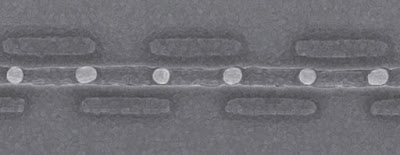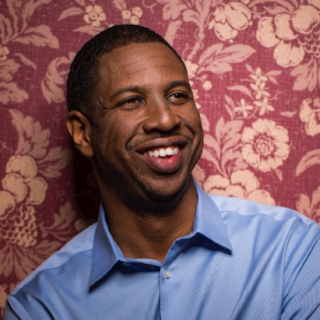Topics: Commentary, Existentialism, History, Politics
I let the previous post last Friday stand without any other comment. I'm also working on reports for three projects in graduate school. I have a limited amount of hope that things will change. It is partly the subject of today's commentary.
*****
The US is dominated by a rich and powerful elite.
So concludes a recent study by Princeton University Prof Martin Gilens and Northwestern University Prof Benjamin I Page. This is not news, you say.
Perhaps, but the two professors have conducted exhaustive research to try to present data-driven support for this conclusion. Here's how they explain it:
Multivariate analysis indicates that economic elites and organised groups representing business interests have substantial independent impacts on US government policy, while average citizens and mass-based interest groups have little or no independent influence.
In English: the wealthy few move policy, while the average American has little power. Source: BBC News, Study: US is an oligarchy, not a democracy, 17 April 2014 *****
The U.S. government does not represent the interests of the majority of the country's citizens, but is instead ruled by those of the rich and powerful, a new study from Princeton and Northwestern universities has concluded.
The report, "Testing Theories of American Politics: Elites, Interest Groups, and Average Citizens" (PDF), used extensive policy data collected between 1981 and 2002 to empirically determine the state of the U.S. political system. After sifting through nearly 1,800 U.S. policies enacted in that period and comparing them to the expressed preferences of average Americans (50th percentile of income), affluent Americans (90th percentile), and large special interests groups, researchers concluded that the U.S. is dominated by its economic elite. Source: Business Insider, Zachary Davies Boren, The Telegraph, April 16, 2014 *****
Ganesh Sitaraman carried on this traditional observation of the obvious in The Guardian: While the ruling class must remain united for an oligarchy to remain in power, the people must also be divided so they cannot overthrow their oppressors. Oligarchs in ancient Greece thus used a combination of coercion and co-optation to keep democracy at bay. They gave rewards to informants and found pliable citizens to take positions in the government.
These collaborators legitimized the regime and gave oligarchs beachheads into the people. In addition, oligarchs controlled public spaces and livelihoods to prevent the people from organizing. They would expel people from town squares: a diffuse population in the countryside would be unable to protest and overthrow government as effectively as a concentrated group in the city.
They also tried to keep ordinary people dependent on individual oligarchs for their economic survival, similar to how mob bosses in the movies have paternalistic relationships in their neighborhoods. Reading Simonton’s account, it is hard not to think about how the fragmentation of our media platforms is a modern instantiation of dividing the public sphere, or how employees and workers are sometimes chilled from speaking out.
Greece, the birthplace of our ideas on democracy as Rome was our ideals of a republic is an apropos historic comparison.
In my March 31 post, The Shattering, oligarchy wasn't mentioned, but implied. I observe the former head of the KGB, he and the other former members of the Politburo have abandoned the ideals of the Communist Manifesto. They don't appear at all interested in "sharing their wealth," but in its avaricious accumulation. Perhaps their American counterparts have left the "quaint" notion of a federal republic.
"We have 'given them the store' of white supremacist bigotry, and our republic. I'm concerned apathy, racism, stupidity and tribalism may well not allow us... to get it back." The Shattering, March 31, 2017
*****
“The really dangerous American fascist... is the man who wants to do in the United States in an American way what Hitler did in Germany in a Prussian way. The American fascist would prefer not to use violence. His method is to poison the channels of public information. With a fascist the problem is never how best to present the truth to the public but how best to use the news to deceive the public into giving the fascist and his group more money or more power... They claim to be super-patriots, but they would destroy every liberty guaranteed by the Constitution. They demand free enterprise, but are the spokesmen for monopoly and vested interest. Their final objective, toward which all their deceit is directed, is to capture political power so that, using the power of the state and the power of the market simultaneously, they may keep the common man in eternal subjection."
~quoted in the New York Times, April 9, 1944, Vice President Henry Wallace, Good Reads Related links:
Facebook’s General Counsel to Testify to Congress in Russia Probe, Jonathan Allen, NBC News
Twitter, With Accounts Linked to Russia, to Face Congress Over Role in Election, Daisuke Wakabayashi and Scott Shane, NY Times
We, Oligarchy...#P4TC, August 2, 2015
















